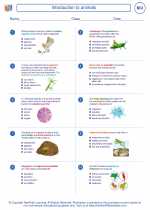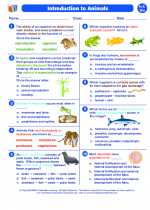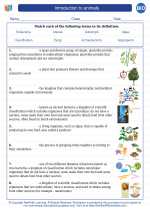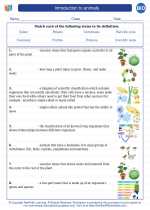NADPH (Nicotinamide Adenine Dinucleotide Phosphate)
NADPH is a coenzyme that plays a crucial role in various biological processes, particularly in the transfer of electrons during photosynthesis and cellular respiration. It is derived from NADP, which in turn is derived from niacin (vitamin B3).
Structure of NADPH:
NADPH is composed of two nucleotides joined through their phosphate groups. The nucleotides consist of a ribose sugar, adenine base, and a nicotinamide moiety. The phosphate groups link the 5' carbon of one ribose to the 3' carbon of the other. The nicotinamide moiety can exist in either an oxidized (NADP+) or reduced (NADPH) form.
Function of NADPH:
NADPH primarily functions as a reducing agent, transferring high-energy electrons to fuel anabolic reactions such as the synthesis of fatty acids, steroids, and nucleotides. It is also essential in protecting cells from the harmful effects of reactive oxygen species (ROS) through its involvement in the regeneration of antioxidant molecules like glutathione.
Importance in Photosynthesis:
In photosynthesis, NADPH is generated during the light-dependent reactions of photosystem I. It carries the electrons necessary for the production of ATP and the reduction of carbon dioxide to carbohydrates in the Calvin cycle, leading to the formation of sugars from carbon dioxide and water.
Study Guide:
- Describe the structure of NADPH and its role in redox reactions.
- Explain the significance of NADPH in anabolic processes and the synthesis of biomolecules.
- Discuss the involvement of NADPH in protecting cells from oxidative stress and its role in the regeneration of antioxidants.
- Outline the role of NADPH in the light-dependent reactions of photosynthesis and its contribution to the Calvin cycle.
- Compare and contrast the functions of NADPH and NADH in cellular metabolism.
◂Biology Worksheets and Study Guides High School. Introduction to animals

 Worksheet/Answer key
Worksheet/Answer key
 Worksheet/Answer key
Worksheet/Answer key
 Worksheet/Answer key
Worksheet/Answer key
 Vocabulary/Answer key
Vocabulary/Answer key
 Vocabulary/Answer key
Vocabulary/Answer key
 Vocabulary/Answer key
Vocabulary/Answer key
